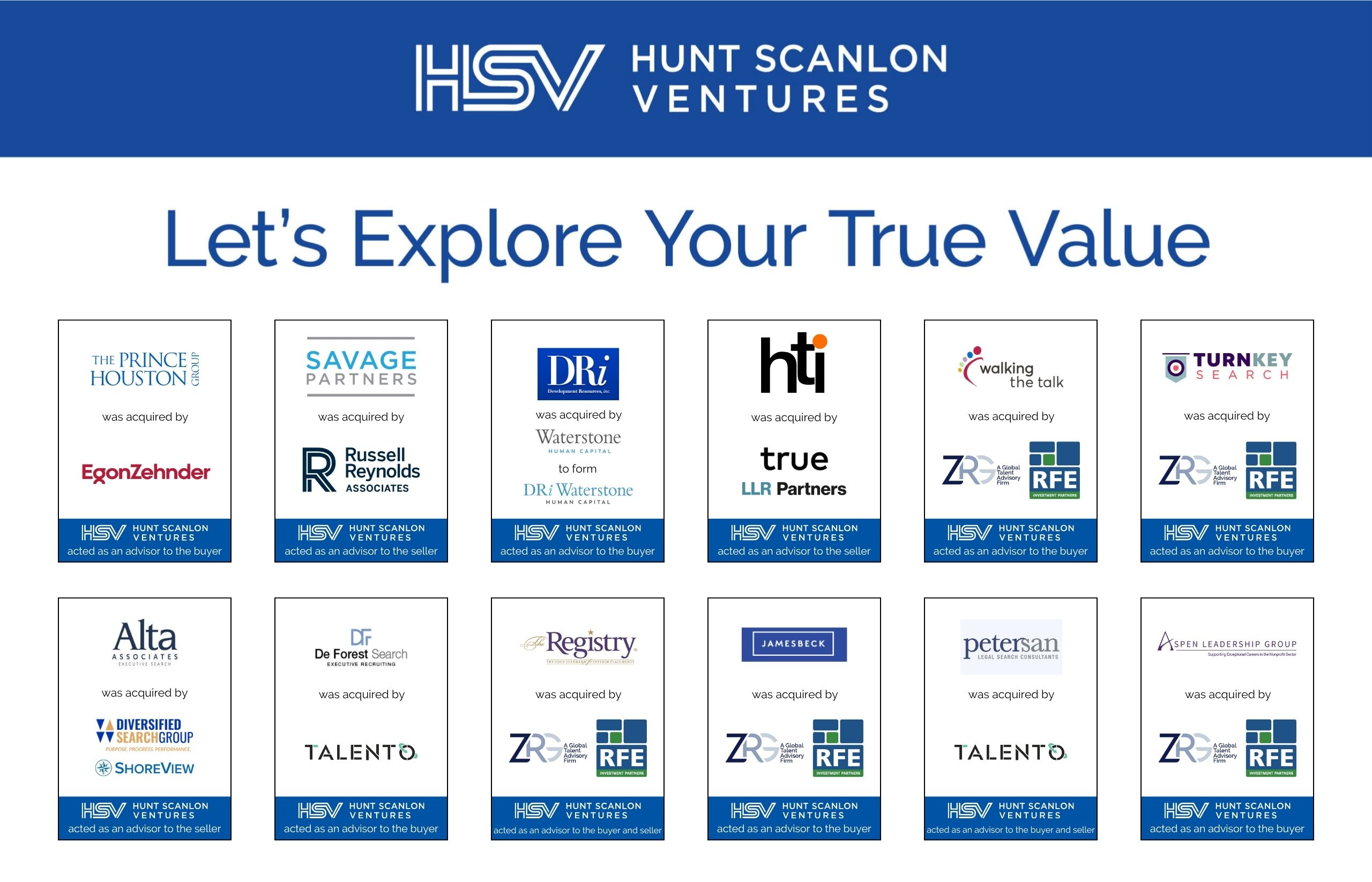Global M&A may be rebounding, but the odds of success remain stacked against acquirers. KPMG’s research offers a decade of data-driven insight into what separates winning deals from the rest. Leo Cummings, an associate at Hunt Scanlon Ventures, explores KPMG’s findings and what they reveal about the growing intersection between value creation, leadership, and post-merger execution.
New research from KPMG found that 57.2% of acquirers ultimately destroyed shareholder value, despite many appearing promising before closing.
“Although many deals looked promising in the months leading up to closing – generating an average 13.2% in total shareholder return above the relevant S&P sector index – TSR dropped an average of 7.4% in the two years following,” the firm noted.
KPMG’s analysis in The M&A Dance: Orchestrating Synergies and Value Creation in Public Company Acquisitions, looked at over 3,000 public-to-public M&A deals valued above $100 million between 2012 and 2022.
The study attributes the erosion of value to two main issues: overestimation of synergies and underestimation of integration complexity.
“Deals that destroy value often do so for two key reasons: acquirers overestimate the benefits, resulting in overpayment, and they fail to operationalize the gains they projected,” KPMG said.
What Winning Acquirers Do Differently
According to KPMG, “approximately 42.8% of deals succeed in unlocking meaningful synergies, underscoring that M&A can indeed be a path to sustained growth – when done right.”
The report identified recurring traits among these winners: disciplined pre-deal strategy, early integration planning, and experienced deal teams capable of navigating complexity.
The data is clear, with the report concluding: “Winning acquirers embed value creation in the entire deal cycle and begin planning for integration earlier when relevant.”
These firms apply what KPMG calls a “value-focused, multi-perspective, integrated diligence” model that combines financial, operational, and cultural evaluation well before closing.
“The best acquirers treat M&A like a leadership exercise, not a financial transaction.”
“The best acquirers treat M&A like a leadership exercise, not a financial transaction,” said Leo Cummings, an associate at Hunt Scanlon Ventures. “They align their people, clarify their strategy, and orchestrate integration before the ink is dry.”
Experience and Focus Drive Long-Term Value
The report highlights several proven predictors of success.
Deals led by habitual acquirers – firms that have completed more than five transactions in a decade and what McKinsey & Company calls programmatic M&A – achieved significantly better long-term outcomes.
“Serial acquirers achieve superior value creation due to accumulated experience and enhanced efficiency in M&A processes,” said KPMG.
In contrast, diversification-driven deals tended to underperform.
According to KPMG, “vertical or scale-focused mergers outperform diversification-driven deals in long-term value creation,” noting that clarity of purpose and operational familiarity were key to realizing synergies.
The same principle applies to leadership.
“M&A is a skill that can be honed over time,” said Mr. Cummings. “The firms that win don’t just have financial discipline – they have institutional muscle memory. That’s as true for executives as it is for investors.”
Integration: Where the Deal Is Won or Lost
The report’s most compelling insight is that value creation happens – or collapses – after the close.
KPMG noted that “integration is where the deal is won or lost,” urging acquirers to establish dedicated integration teams, detailed 100-day plans, and clear leadership accountability.
“M&A is a skill that can be honed over time. The firms that win don’t just have financial discipline – they have institutional muscle memory. That’s as true for executives as it is for investors.
It warns that failure to align leadership is one of the biggest drivers of value leakage.
“Retaining key talent is critical,” it said. “Companies identify flight risks early and create retention programs tailored to individual needs, often blending financial and career development incentives.”
“Post-close alignment is no longer an HR afterthought – it is a strategic advantage,” said Mr. Cummings. “Leadership continuity and cultural integration are what convert financial models into results.”
A Human-Capital Lens on Synergies
Beyond the numbers, KPMG’s findings echo a trend increasingly evident in the broader market. Investors are beginning to view leadership capability and talent integration as core determinants of deal success.
The report’s emphasis on “experienced domestic and cross-border deal teams, decisive action, and clear communication” aligns directly with the human-capital thesis now driving investment decisions.
“The same logic behind KPMG’s data is what’s fueling deals like KKR’s investment in ghSMART,” said Mr. Cummings. “Sponsors have realized that leadership diligence isn’t just a part of M&A – it is the future of it. The firms that can measure and manage human capital at scale are redefining value creation.”
Article By

Leo Cummings
Leo Cummings is Editor-in-Chief of ExitUp, the investment blog from Hunt Scanlon Ventures designed for professionals across the human capital M&A sector. Leo serves as an Associate for Hunt Scanlon Ventures, providing robust industry research to support the firm’s investment group.






